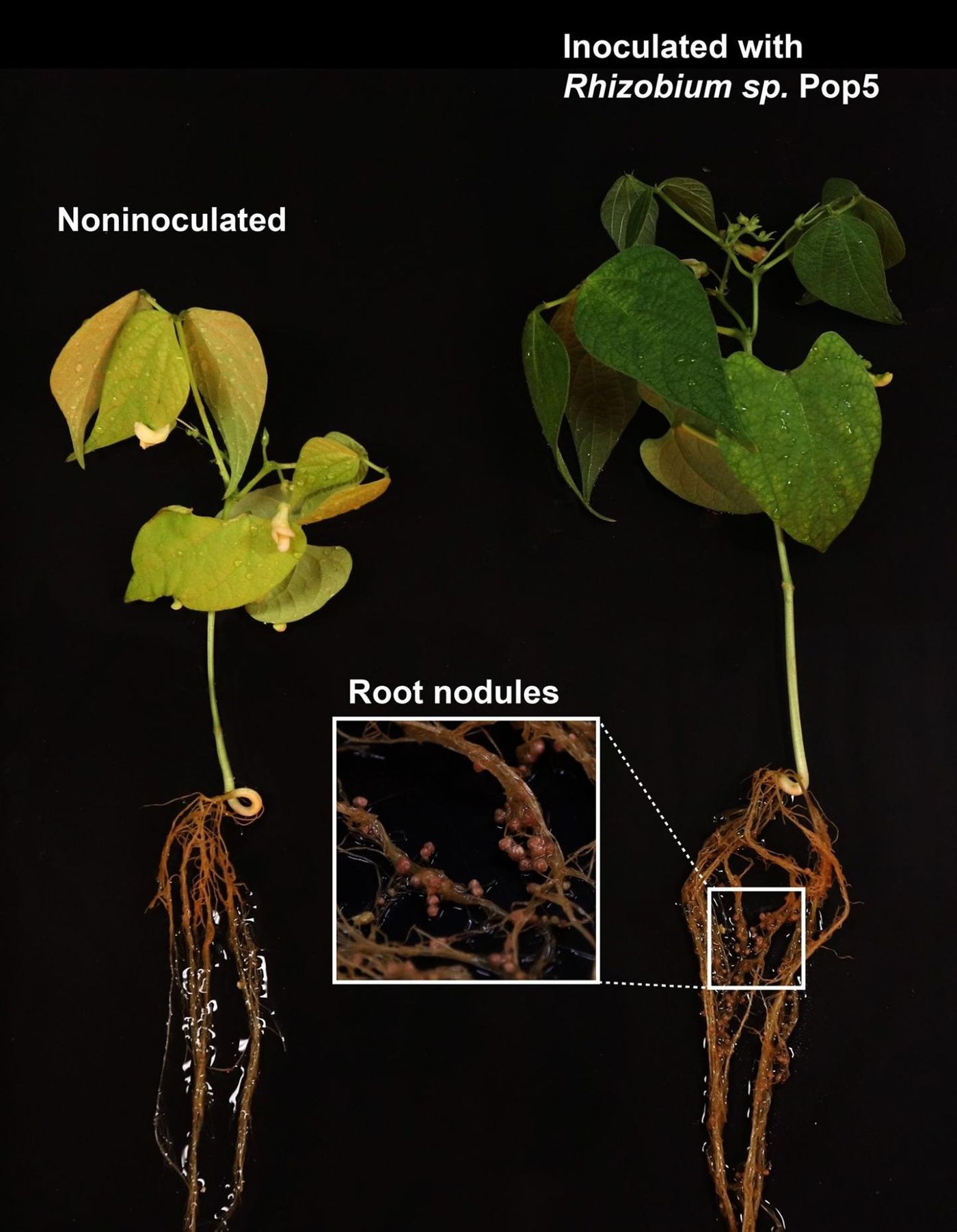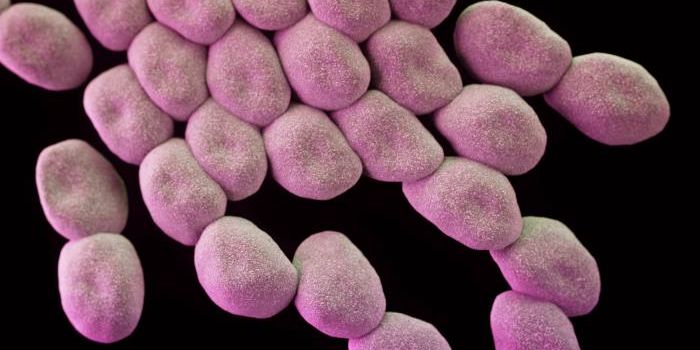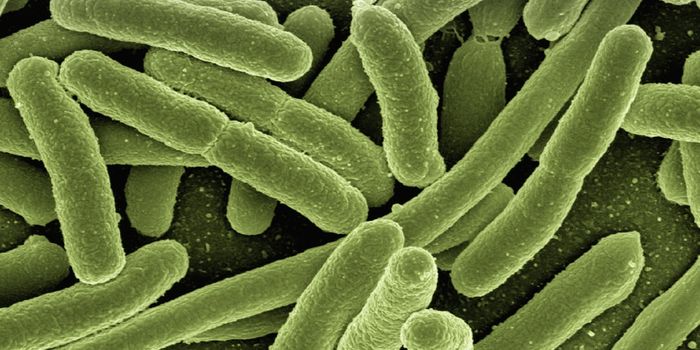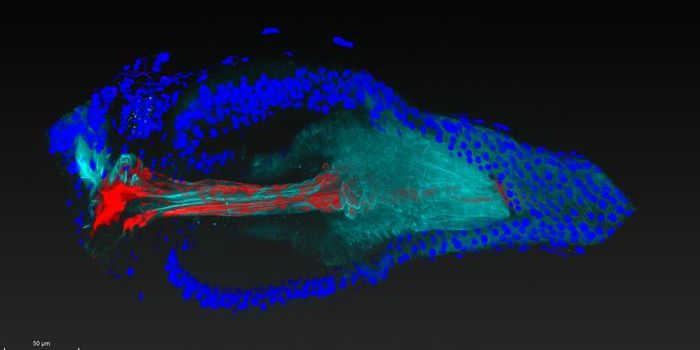Potential New Antibiotic Discovered in Soil-Dwelling Microbe
Many of our best antibiotics have come from microbes, which have to use them to battle other microorganisms in a struggle for resources. For example, penicillin is made by a fungus, and chloramphenicol, streptomycin, and tetracycline are all produced by microbes that live in soil. Now researchers at Rutgers have discovered another antibiotic created by a soil bacterium, which lives in a Mexican tropical forest. This work, reported in Nature Communications, could help create new antibiotics, which are desperately needed to fight the growing problem of antibiotic-resistant pathogens, as well as a plant probiotic that can promote plant growth.
Probiotics are live microorganisms that can provide health benefits and are known mostly as a potential therapeutic for human digestive problems. But they can also help plants by promoting good health and robust growth.
"We hope to show the bacterium can be used as a 'plant probiotic' because phazolicin will prevent other, potentially harmful bacteria from growing in the root system of agriculturally important plants," explained the senior author of the study, Konstantin Severinov, a principal investigator at the Waksman Institute of Microbiology and a professor of molecular biology and biochemistry in the School of Arts and Sciences at Rutgers University-New Brunswick. "Antibiotic resistance is a huge problem in both medicine and agriculture, and continuing searches for new antibiotics are very important as they may provide leads for future anti-bacterial agents."
Phazolicin is made by an as-yet-unidentified type of Rhizobium bacteria that lives in the soil and roots of a plant called Phaseolus vulgaris. This microbe is like other in the Rhizobium genus; it grows nodules on the roots of wild bean plants, which provides the plants with the nitrogen they need to develop better than other plants. This bacterium is different from other Rhizobium, however, because it also defends the plants from bacteria that can harm them. For that reason, the bacterium might also be useful in agriculture.
In this study, the researchers used computational tools to analyze the bacteria, which predicted that it generated phazolicin. Their work was then confirmed in the lab. They characterized the atomic structure of the molecule and demonstrated that it targets a cellular protein factory called the ribosome. They also showed that the efficacy of phazolicin could be modified and regulated by genetically altering the ribosome.
Learn more about soil microbes from the video.
Sources: Phys.org via Rutgers University, Nature Communications









